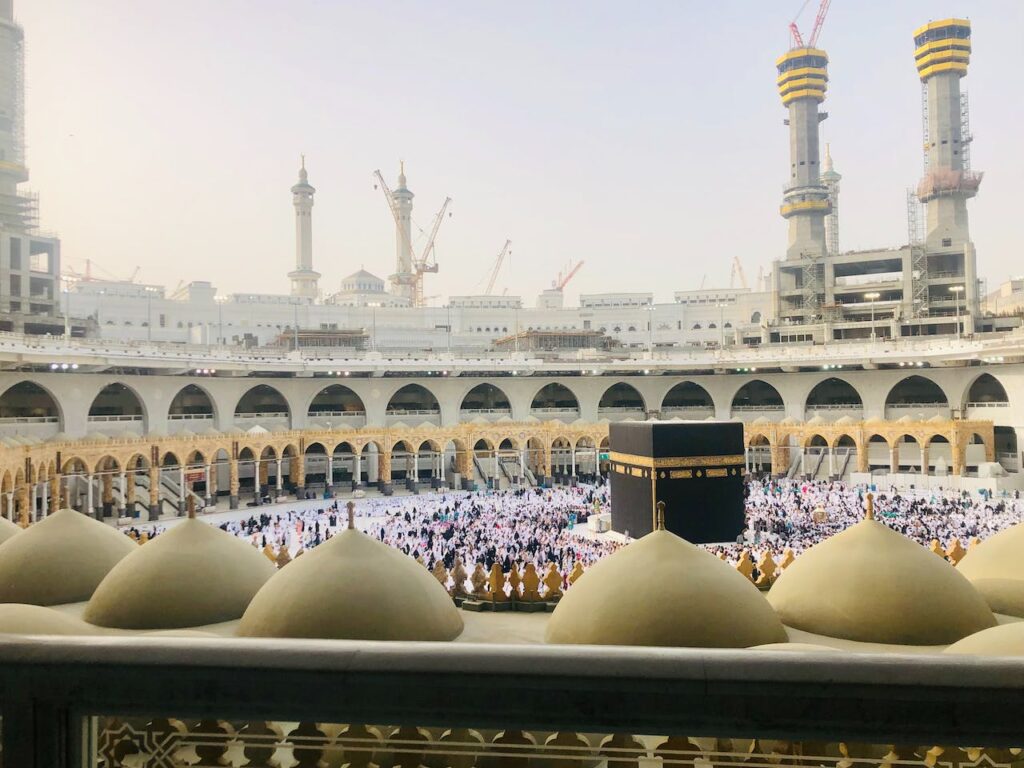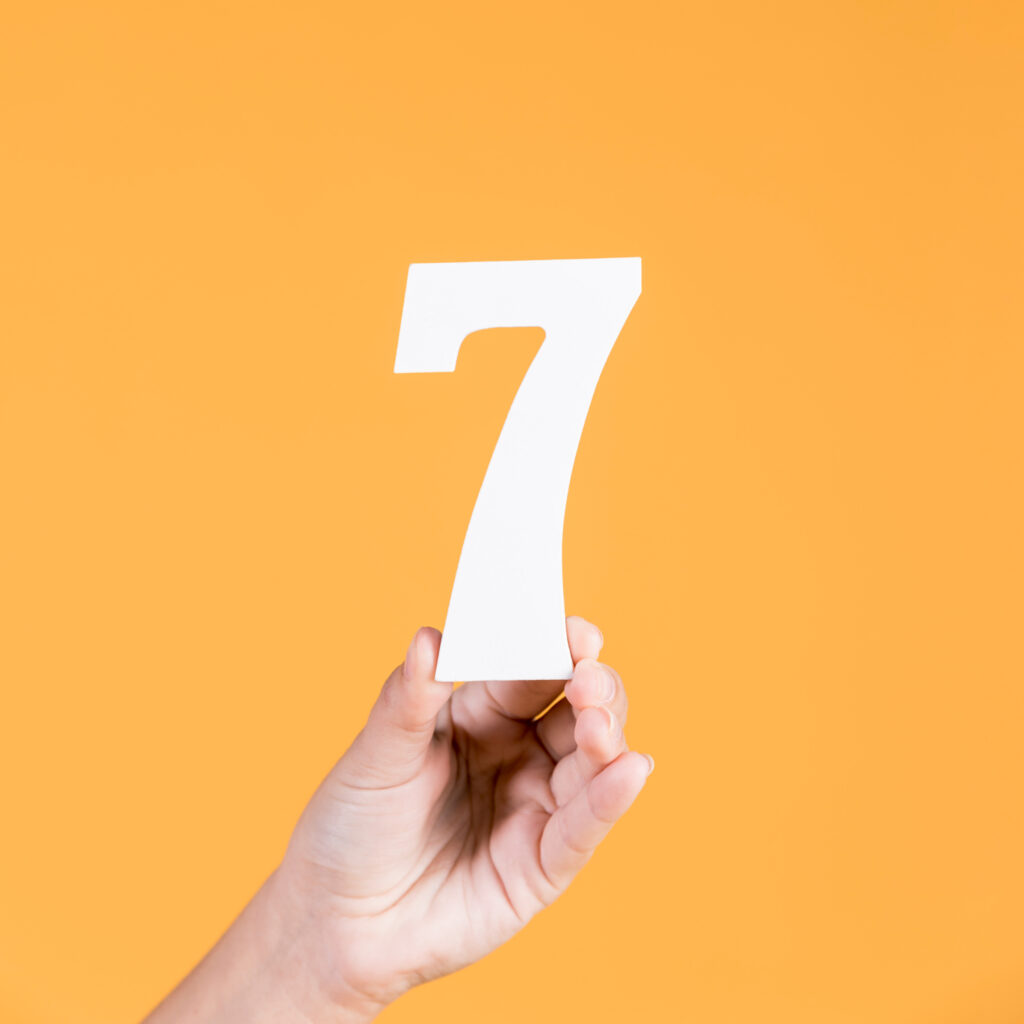Performing Sa’i is an integral part of the Hajj pilgrimage, representing the symbolic reenactment of Hajar’s search for water for her son Ismail. While the Sa’i can be performed at any time during the day, understanding the best time to undertake this ritual can enhance its spiritual significance. In this article, we will explore the factors to consider when choosing the best time for performing Sa’i, ensuring a deeply fulfilling and transformative experience.
When Is The Best Time for Performing Sa’i?
You can perform Sa’i at any time of the day after you complete Tawaf. However, it is better to perform Sa’i at:
Firstly, The Early Morning Serenity
One of the recommended times for performing Sa’i is during the early morning hours, shortly after the Fajr prayer. The tranquility of this time of day allows pilgrims to immerse themselves in deep reflection and connect with the spirituality of the ritual. The coolness of the morning air combined with the serene surroundings of the Masjid al-Haram creates an atmosphere conducive to introspection and devotion. Moreover, the absence of large crowds during this time enables pilgrims to perform Sa’i with ease and focus, fostering a more personal and meaningful experience.
Secondly, The Late Evening Tranquility
Another opportune time for Sa’i is during the late evening, just before the Isha prayer. As the day comes to a close, the atmosphere becomes more peaceful, and the crowds start to disperse. This allows pilgrims to engage in Sa’i with a greater sense of calmness and concentration. The illuminated surroundings of the Kaaba and the soothing night breeze add to the spiritual ambiance, heightening the pilgrim’s connection with the ritual and their inner self. Performing Sa’i during this time offers a unique opportunity for introspection and prayer, creating a profound spiritual impact.
This approach allows for a more relaxed and focused engagement with the ritual, enabling deeper spiritual contemplation and connection with the significance of Sa’i.
Tips to Choose the Best Time for Performing Sa’i
Here are some tips to consider while choosing the time for Sa’i:
- To ensure a smoother and less crowded experience during Sa’i, it is advisable to avoid peak times when the influx of pilgrims is at its highest.
- The period immediately after noon, when many pilgrims rush to perform Sa’i, can be particularly congested.
- Consider planning your Sa’i during less busy hours, such as mid-morning or mid-afternoon, when the crowds are relatively thinner.
- While the recommended times for performing Sa’i offer optimal conditions, it’s essential to consider personal factors when choosing the best time for you.
- Factors such as physical stamina, health conditions, and personal preferences should be taken into account.
- Some individuals may find performing Sa’i at a specific time of day more comfortable or conducive to their spiritual practice.
- It’s crucial to listen to your body and choose a time when you feel most energized and spiritually attuned.
Remember, the focus should be on the quality of your connection with the ritual rather than adhering strictly to specific timings.
Key Takeaways:
- The early morning hours after Fajr prayer and the late evening before Isha prayer offer serene and tranquil atmospheres, allowing for deep reflection and connection with the ritual.
- Avoiding peak times when crowds are high can ensure a smoother and more focused engagement with Sa’i.
- However, it’s important to consider personal factors such as physical stamina and individual preferences when choosing the best time for performing Sa’i.
- Ultimately, prioritizing the quality of your connection and devotion to the ritual is paramount.
Conclusion
In conclusion, Performing Sa’i during the Hajj pilgrimage is a deeply significant and spiritual experience. By considering the recommended times and personal factors, you can choose the best time for your Sa’i, enhancing its impact and meaning. Whether you opt for the serene early morning hours, the tranquil late evening ambiance, or less crowded off-peak periods, the key is to prioritize your connection with the ritual and imbue it with utmost devotion and reflection. May your Sa’i be a transformative journey, leading to spiritual growth and a profound connection with the legacy of Hajar and Ismail.






